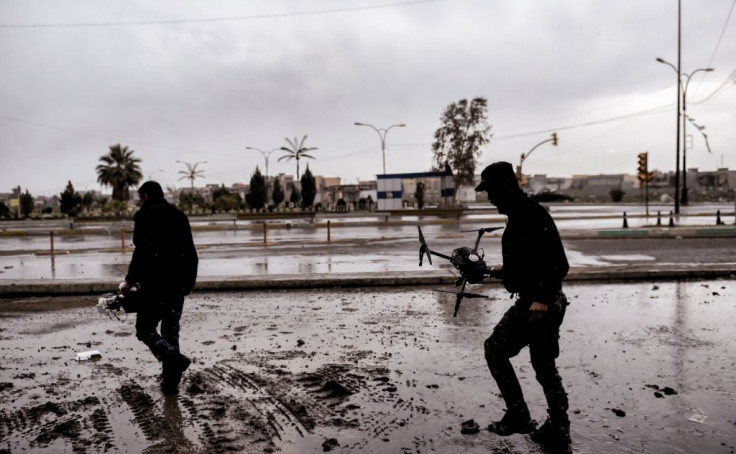What are dronebots? South Korea preps its spy drone army to deter North Korean threat
The dronebots would be used to relay information from core North Korean targets such as "nuclear and missile sites".

South Korea will be building an army of weaponised drones or "dronebots" to prepare for warfare, particularly for the urgent combat situations that could arise in North Korea.
The "dronebots", essentially a combination of drones and robots, will be developed to perform reconnaissance and attack missions. The UAVs would relay real-time target information to The Republic of Korea Army, providing them sufficient time and flexibility to launch an attack in a contingency situation.
The news about the development of the drones came from an anonymous ROK army official who said, "The Army plans to set up a special organization to lead the development of dronebots, establish a standard platform and expand the dronebot program by function."
"To begin with, we will launch a dronebot combat unit next year and use it as a 'game changer' in warfare," the official told Yonhap News.
These drones, as the report describes, would be used to relay information from core North Korean targets like "nuclear and missile sites". And in case an emergency arises, they will be mobilised immediately to launch attacks.
Specifically, the drones could be used to blow up North Korea's rocket launchers, radar systems, convoys of vehicles, as well as communications mechanisms.
However, it continues to remain unclear if the army would develop a single type of dronebot for reconnaissance and attack missions or two different UAVs – one carrying the surveillance payload and other for launching attacks with an explosive warhead.
Still, the flexibility driven by a swarm of drones, which could be immediately retargeted to a moving or a more important site, will improve South Korea's ability to respond quickly in crisis scenarios.
This would be a major advantage over missiles, which have to be programmed with targets before being launched from the air base. In fast-moving situations, when a crucial target could emerge anytime, the timing difference between programming and actual launch of the missile could lead to the warhead getting wasted.





















